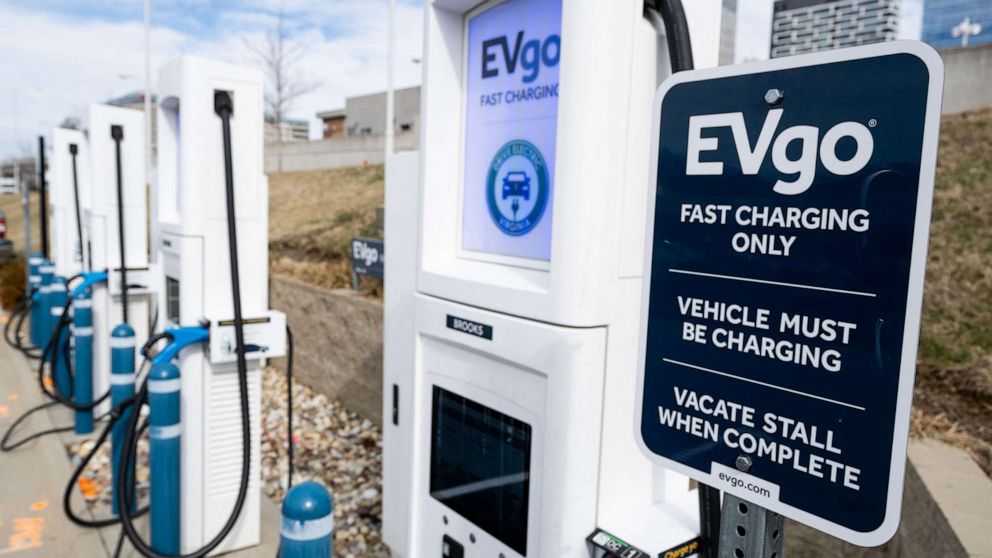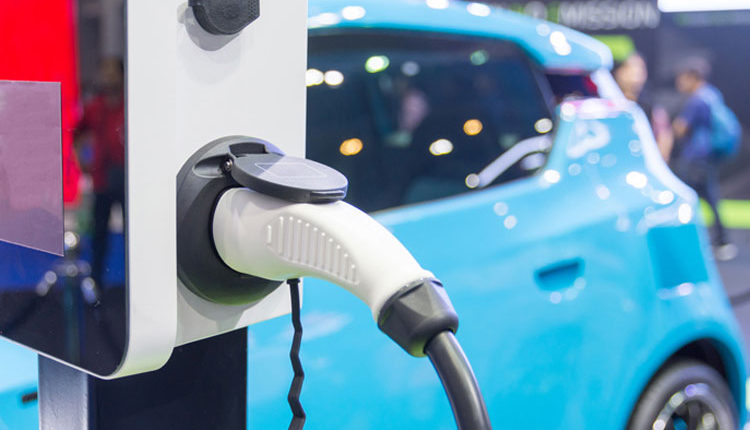Top Reasons Why It’s Essential to Buy EV Charging news Regularly
Top Reasons Why It’s Essential to Buy EV Charging news Regularly
Blog Article
Leading EV Charging Information: Secret Updates on Facilities and Technology

Current Improvements in Fast-Charging Innovation

Additionally, improvements in battery innovation, consisting of enhanced thermal management systems and greater energy density batteries, enhance fast-charging capacities. These developments reduce the threat of battery degradation during quick charging, ensuring longevity and performance for EV proprietors.
Furthermore, the assimilation of wise charging options is improving customer experience, making it possible for real-time monitoring and vibrant pricing designs. EV Charging news. This flexibility permits vehicle drivers to enhance billing expenses and times based on grid need
As automakers remain to invest in fast-charging networks, the collaboration between market stakeholders is vital. Partnerships in between charging terminal service providers and auto manufacturers are leading the means for comprehensive coverage, ultimately promoting an extra durable EV environment. These advancements are critical in sustaining the change to sustainable transportation.
Federal Government Efforts for Charging Development
Government efforts play an essential duty in the expansion of electrical lorry (EV) charging facilities, helping with the change to sustainable transport. Numerous federal and state programs are being implemented to enhance billing availability, reduce the economic worry on customers, and advertise the fostering of electrical automobiles.
Significantly, the U.S. federal government has actually allocated substantial financing with the Facilities Investment and Jobs Act, which allocates $7.5 billion for EV billing network growth throughout the nation. This funding is focused on deploying thousands of new charging terminals, specifically in underserved locations, consequently resolving array stress and anxiety amongst potential EV buyers.
Additionally, many states are enacting legislation to enhance the permitting procedure for charging station installations, which is important for increasing implementation. Rewards such as tax obligation credit scores and refunds for both customers and businesses are likewise being presented to encourage the installment of charging infrastructure.
Furthermore, public-private collaborations are increasingly coming to be an emphasis, leveraging exclusive financial investment to enhance federal government funding. These initiatives highlight a collective technique vital for constructing a thorough and reliable EV charging network, inevitably contributing to a greener and more lasting future.
Ingenious Battery Solutions Enhancing Effectiveness
Revolutionizing the landscape of electric automobile (EV) modern technology, ingenious battery solutions are dramatically boosting effectiveness and performance. Developments in battery chemistry, particularly with lithium-sulfur and solid-state batteries, are causing boosted power thickness, which permits longer varieties and faster billing times. These brand-new battery types have the potential to outperform traditional lithium-ion batteries by supplying higher abilities while minimizing weight, thereby enhancing overall automobile efficiency.
In addition, developments in battery monitoring systems (BMS) are optimizing energy use and extending battery lifespan. Intelligent formulas keep track of battery wellness and efficiency, allowing real-time adjustments to billing and discharging processes. This not only enhances the performance of the battery but also makes certain a more lasting and reliable power source for EVs.
Moreover, the combination of recycling innovations is dealing with the ecological impact of battery production and disposal. Innovations in second-life applications for EV batteries are promoting their usage in energy storage space systems, adding to a round economy.
As these innovative battery remedies continue to evolve, they promise to change the EV market, making electrical lorries a lot more enticing and obtainable to a more comprehensive target market while supporting international sustainability goals.

Cooperation Between Automakers and Charging Networks
Acknowledging the essential demand for a durable billing infrastructure, automakers are progressively teaming up with charging network carriers to improve the EV possession experience (EV Charging news). These collaborations intend to produce a smooth billing ecosystem that profits customers and sustains the change to electrical automobiles
Significant automobile brands are joining forces with established charging networks to increase their billing terminal protection, making certain vehicle drivers have accessibility to hassle-free and trusted charging options. For instance, collaborations with networks like ChargePoint and Electrify America enable automakers to integrate billing options directly into their lorries' navigating systems, directing individuals to the closest stations and giving real-time accessibility updates.
Moreover, these partnerships frequently cause the advancement of fast-charging technologies that dramatically decrease the moment needed to charge an EV. By pooling resources and experience, automakers and billing networks can innovate quicker, developing remedies that satisfy the growing demand for electric wheelchair.
In enhancement, joint initiatives might also cause more standard charging procedures, which can relieve customer confusion and promote wider EV fostering. Generally, these strategic partnerships are crucial in developing a reliable and easy to use billing framework that fulfills try this site the demands of an increasing electrical lorry market.
Challenges Dealing With EV Billing Framework
As the electric car market remains to expand, a number of obstacles are surfacing that hinder the advancement of a thorough charging infrastructure. Among the key obstacles is the insufficient number of charging stations, especially in underserved and country city areas. This gap creates range stress and anxiety among prospective EV purchasers, hindering them from making the button.
Furthermore, the lack of standardization in charging innovation my website complicates the infrastructure landscape. Variations in plug types and charging rates can produce confusion for customers and raise functional intricacies for charging network drivers.
One more pressing concern is the high expense connected with the setup and upkeep of billing stations, which can be an obstacle for both personal companies and public entities. Finally, governing hurdles and zoning constraints can delay the deployment of billing infrastructure, impeding development in increasing crucial services. Attending to these challenges will certainly be crucial for promoting a durable EV ecosystem that sustains the change to sustainable transport.
Final Thought
To conclude, the recurring developments in EV billing modern technology, sustained by significant government initiatives and ingenious battery options, are crucial for the expansion and effectiveness of electric vehicle infrastructure. Collaborations in between car manufacturers and billing service providers further improve terminal coverage, dealing with the expanding demand for accessible charging alternatives. Despite challenges that linger within the EV charging landscape, these advancements signify a positive trajectory in the direction of a much more lasting and efficient electrical vehicle community.
Developments in billing facilities have actually led to the development of ultra-fast chargers capable of supplying up to 350 kW of power, dramatically reducing charging times. Variations in plug types and billing speeds can develop confusion for individuals and raise operational complexities for billing network drivers.In final thought, the recurring innovations in EV billing modern technology, supported by considerable federal government initiatives and cutting-edge battery remedies, are crucial for the growth and performance of electrical vehicle infrastructure. Cooperations between car manufacturers and helpful site charging service providers better improve station protection, dealing with the growing need for available billing choices. Regardless of challenges that linger within the EV charging landscape, these growths signify a favorable trajectory in the direction of an extra effective and sustainable electric lorry ecosystem.
Report this page